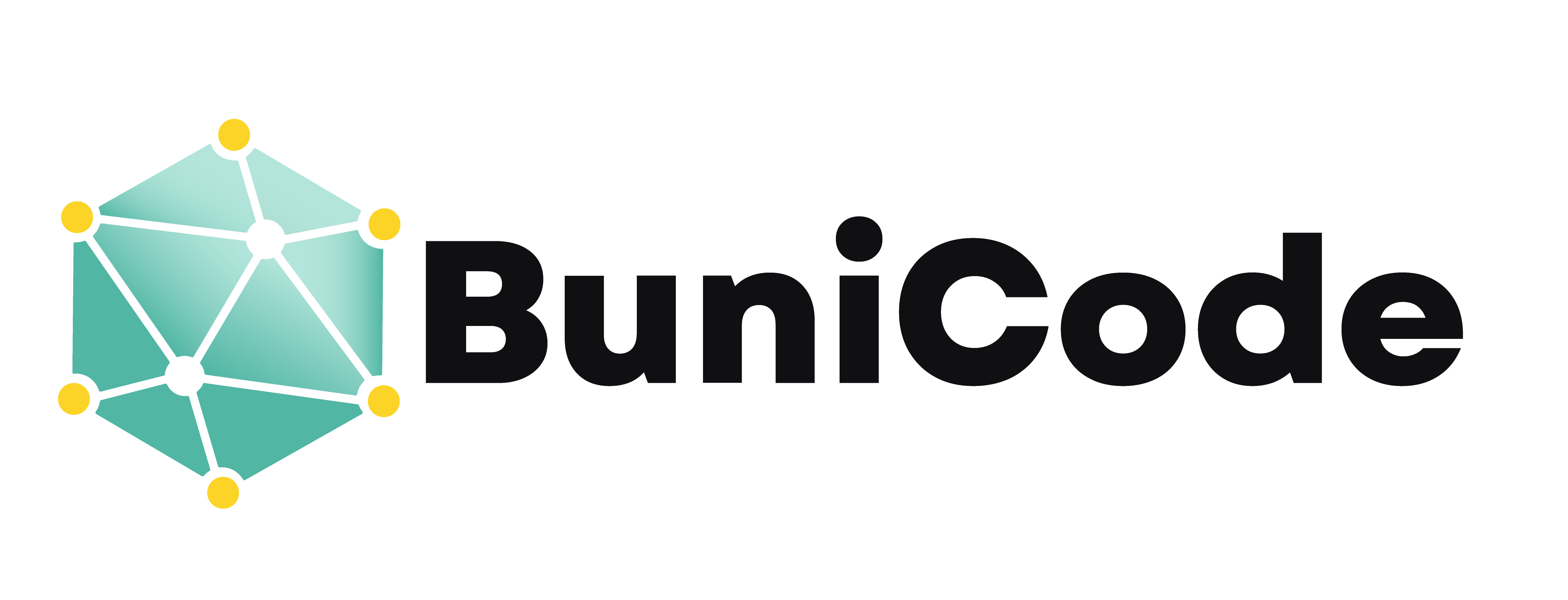
Building a fintech MVP sounds simple on paper: launch a stripped-down version, test with users, learn fast. But in reality, most fintech MVPs don’t just fall short—they fail completely.
They’re overbuilt. Or under-tested. Or too complex to iterate. Or worse—they solve a problem no one actually has.
At Bunicode, we’ve seen it all. We’ve also helped fintech startups in Toronto, Nairobi, and beyond launch MVPs that not only survive—but scale.
Here’s why so many MVPs miss the mark—and what you can do to avoid it.
1. They Build for Investors, Not Users
You want to impress VCs. But an MVP built for pitch decks instead of real people is bound to flop.
What goes wrong:
- Features are added for “wow” factor, not usability
- Product becomes bloated and hard to use
- There’s no clear user problem being solved
Fix it: Build for one specific user need. Validate it with real people. Let traction impress the investors.
2. They Try to Do Too Much
The “Minimum” part of MVP often gets ignored.
What goes wrong:
- Founders want dashboards, AI, rewards, gamification… all at once
- The team burns out before launch
- Bugs multiply due to over-complication
Fix it: Solve one problem extremely well. Everything else can wait.
3. They Skip Validation
You think people want it. But you don’t actually know.
What goes wrong:
- No user interviews or pre-launch feedback
- Assumptions drive product scope
- You ship something no one uses
Fix it: Talk to your early adopters before you build.
Even 5–10 conversations can change your roadmap.
4. They Ignore Compliance and Trust
Fintech = sensitive data + money. Trust is everything.
What goes wrong:
- No clear data policies
- Missing security basics (2FA, encryption, audit logs)
- Users are hesitant to sign up or share info
Fix it: Bake in security and privacy from Day 1.
Even a basic MVP needs to look and feel trustworthy.
5. They Pick the Wrong Tech Stack
Too often, teams choose tools that slow them down or are too advanced for their needs.
What goes wrong:
- Fancy frameworks with a steep learning curve
- Inexperienced teams struggle to deliver
- Scaling issues pop up way too early
Fix it: Pick tools your team knows—or that you can hire for easily. Prioritize speed, clarity, and low overhead.
6. They Launch Without Metrics
You can’t improve what you don’t measure.
What goes wrong:
- No analytics or usage tracking
- You don’t know who’s using what
- Iteration becomes a guessing game
Fix it: Track the basics: activation, retention, feature engagement.
Use data to make every sprint smarter.
7. They Don’t Plan for Iteration
MVPs are supposed to evolve. But most teams don’t plan for what comes next.
What goes wrong:
- MVP codebase is too messy to build on
- No roadmap beyond V1
- The team runs out of steam or budget
Fix it: Build modular, testable, well-documented MVPs.
Plan two steps ahead.
Bunicode’s MVP Framework: Lean, Fast, Future-Proof
We help fintech startups avoid common MVP traps by:
- Focusing on one validated user problem
- Choosing the right tools for speed and scale
- Baking in security, metrics, and clean architecture
Whether you’re building a budgeting app or a cooperative savings platform, we design MVPs that move fast—and last.
MVPs Fail When They Try to Be Full Products
Your MVP is not your final product.
It’s your learning engine.
Treat it like a test. Build lean. Iterate fast.
And make sure you’re solving a real problem—not just building something cool.
Need help building a fintech MVP that doesn’t fail? Let’s talk.



